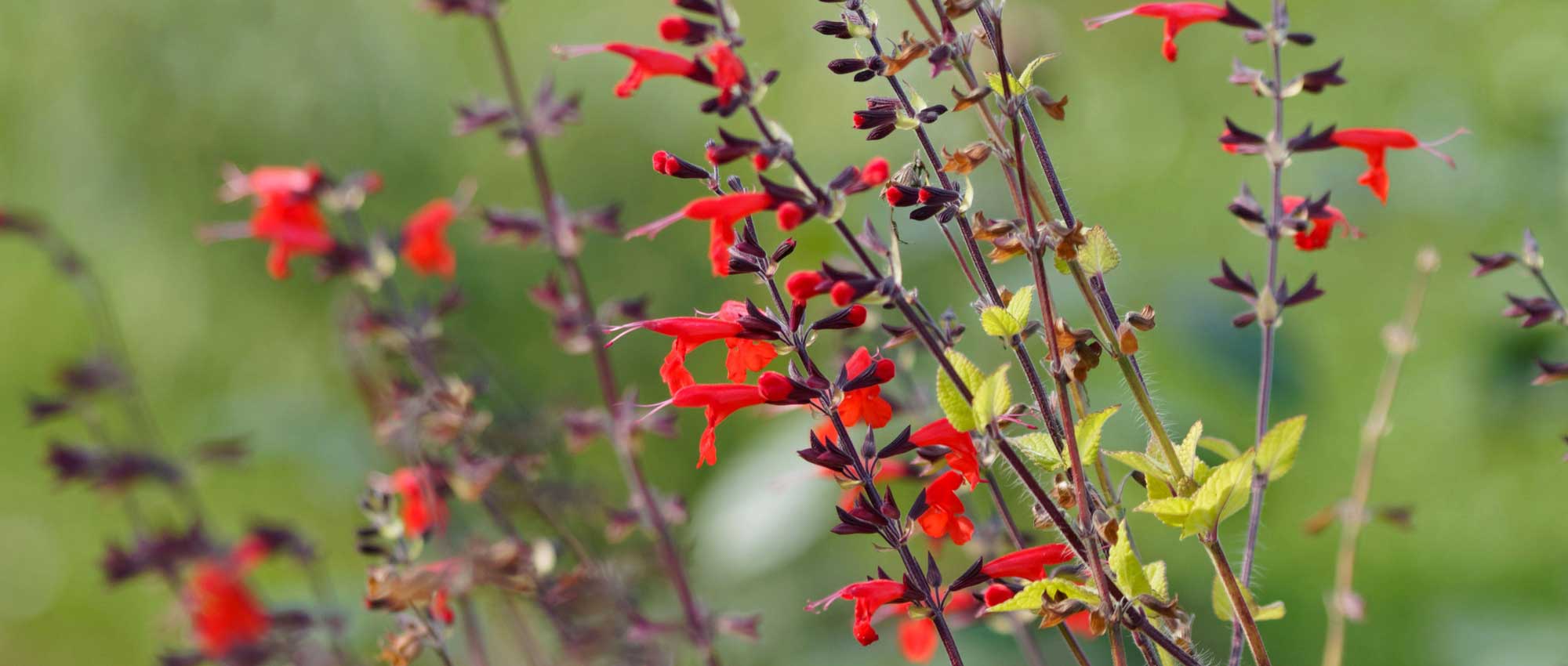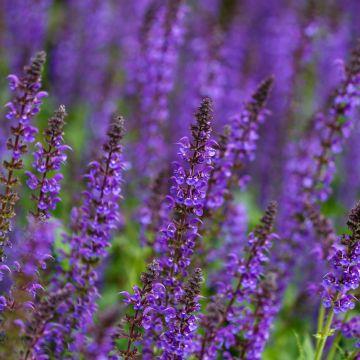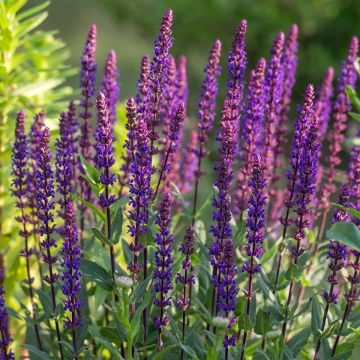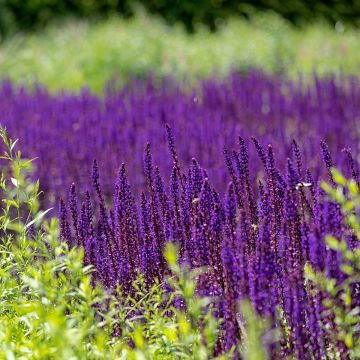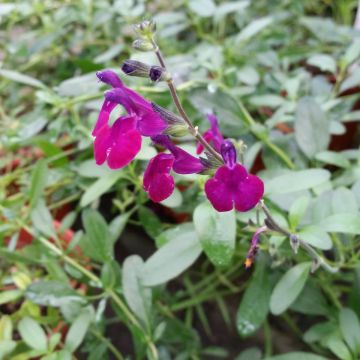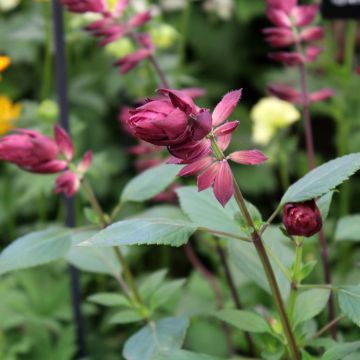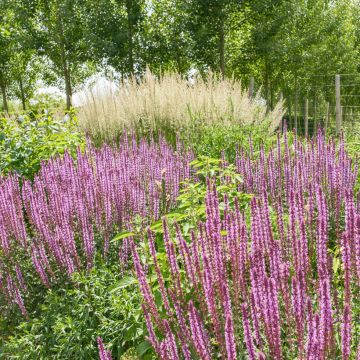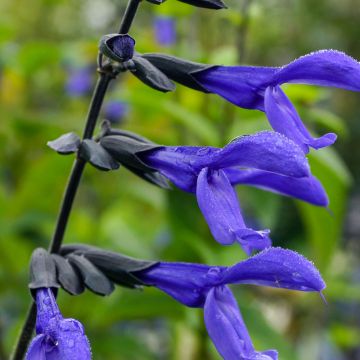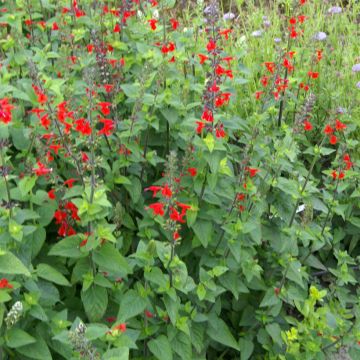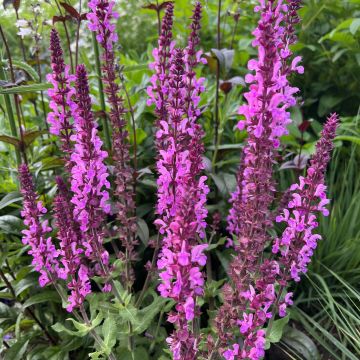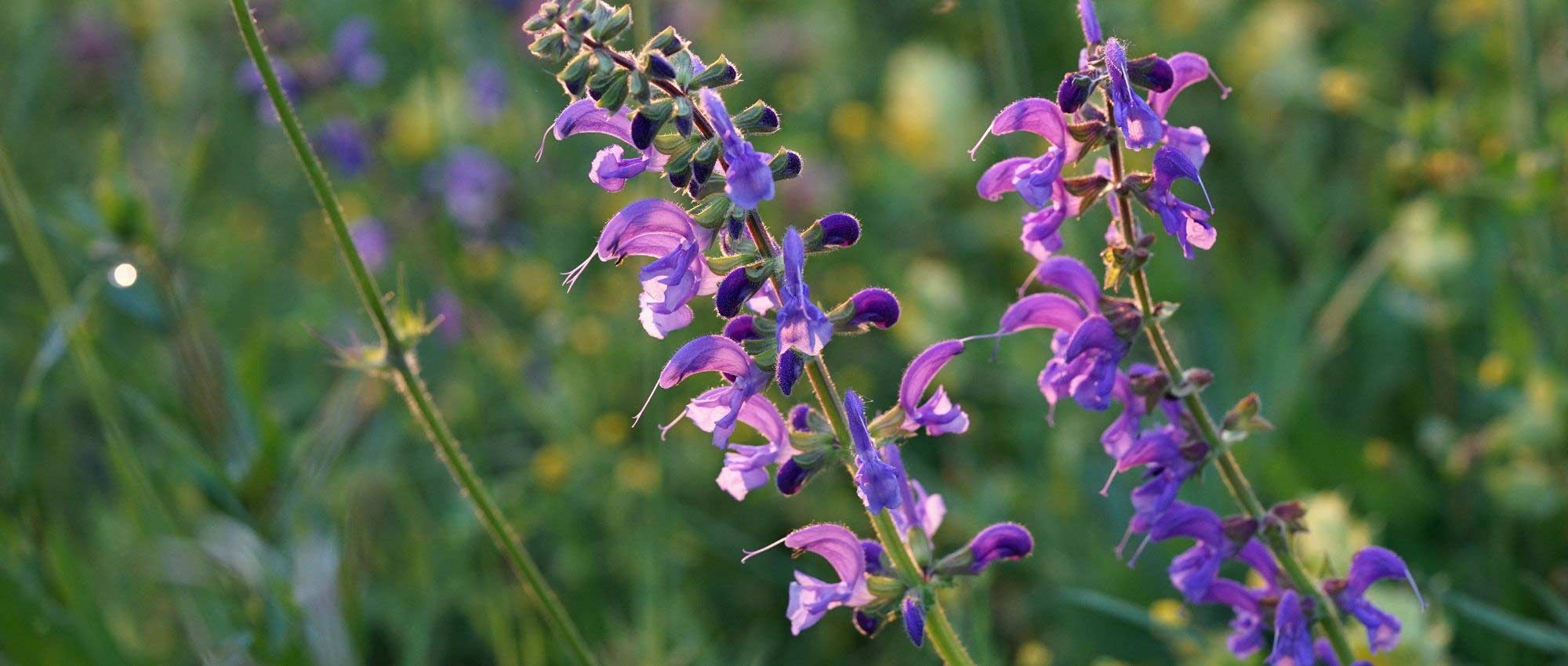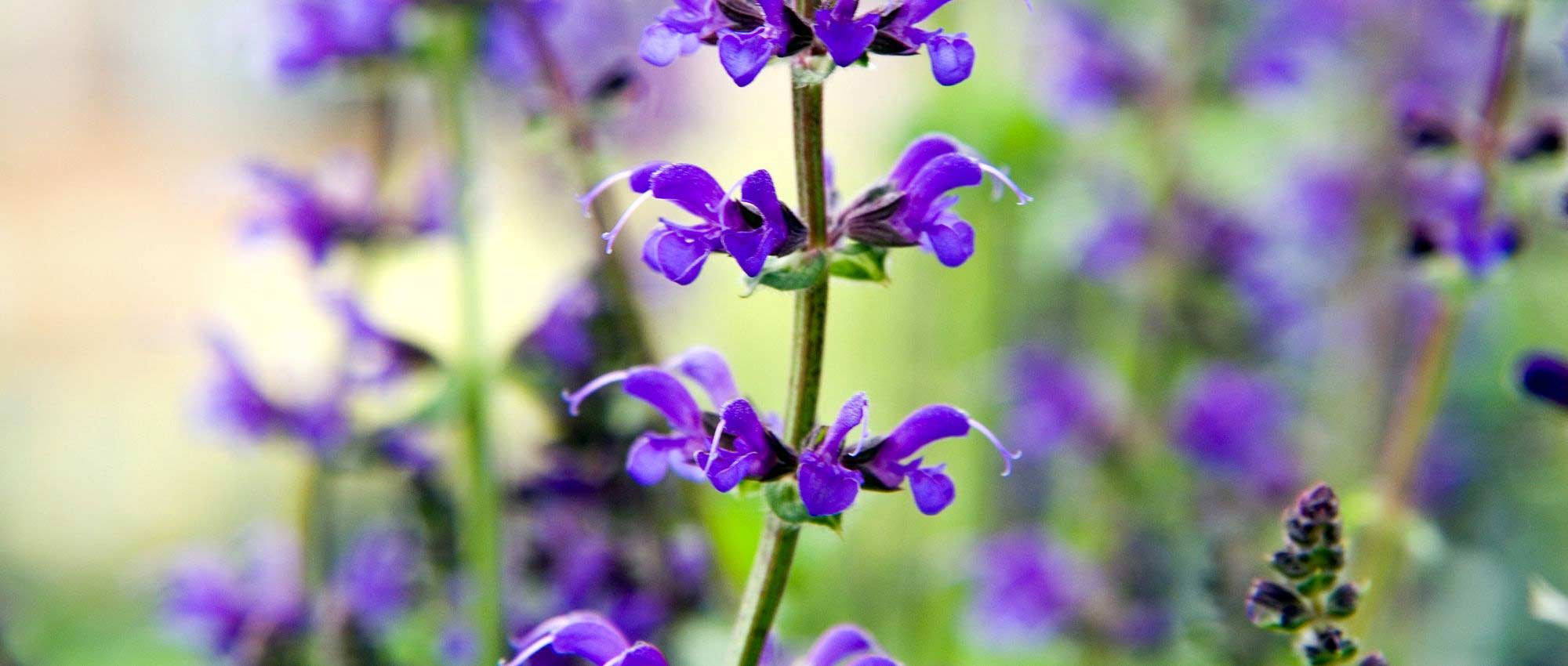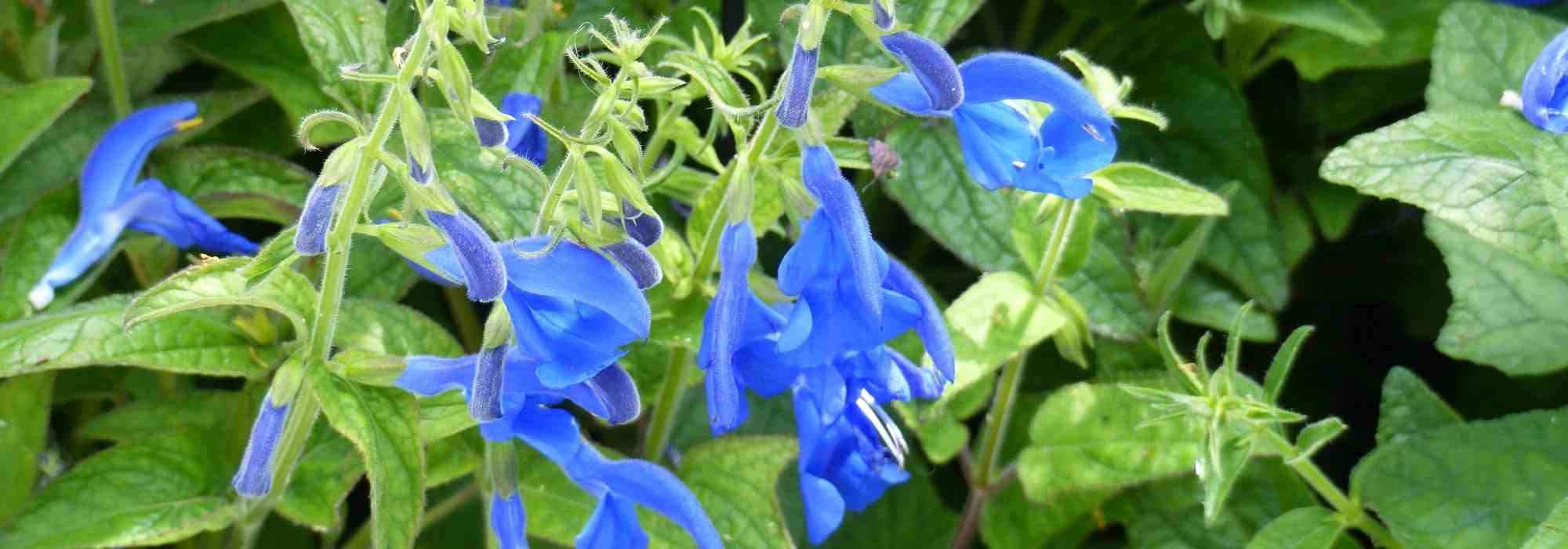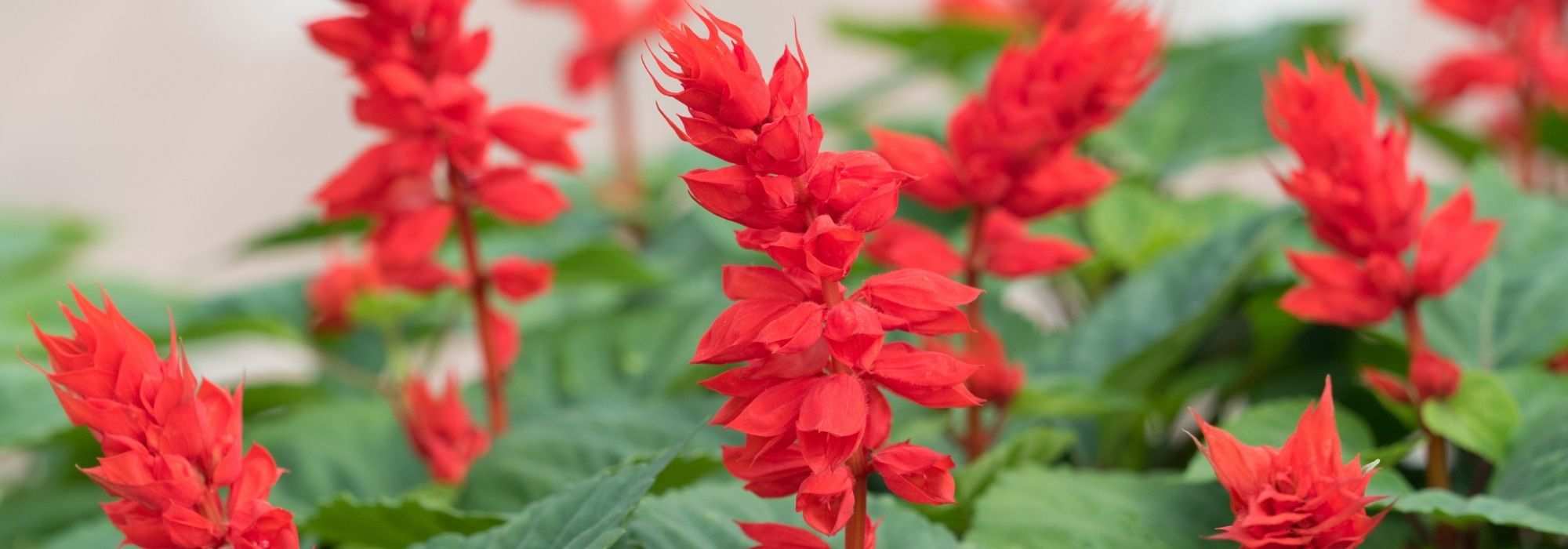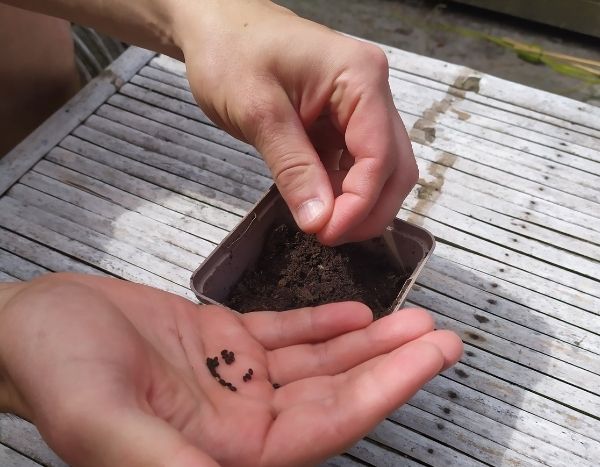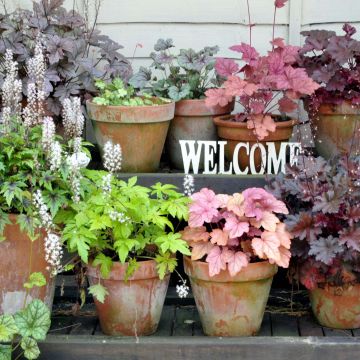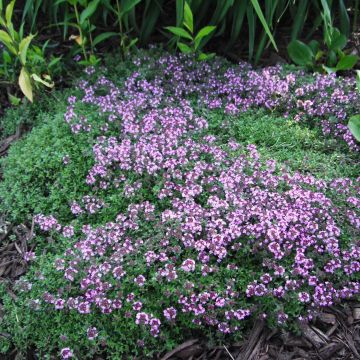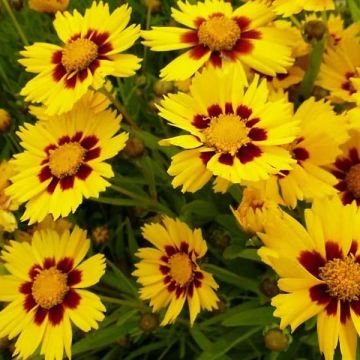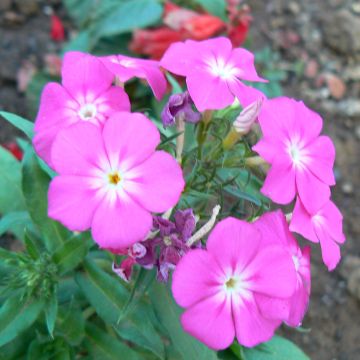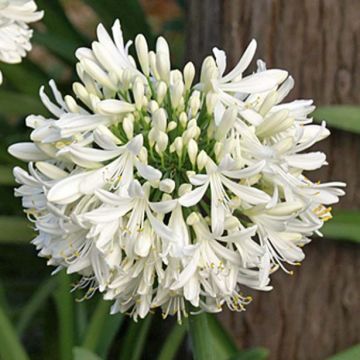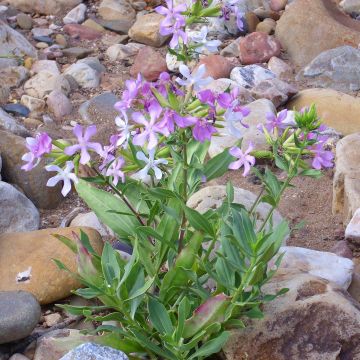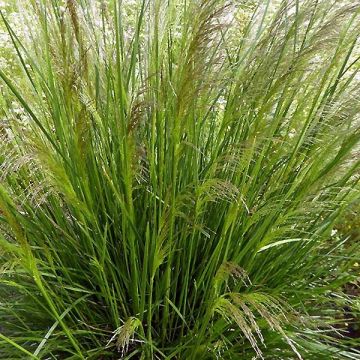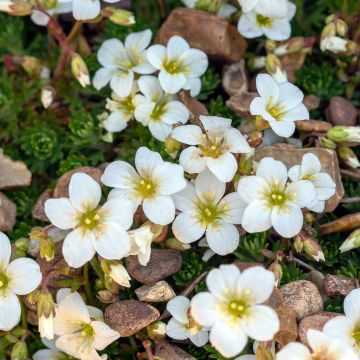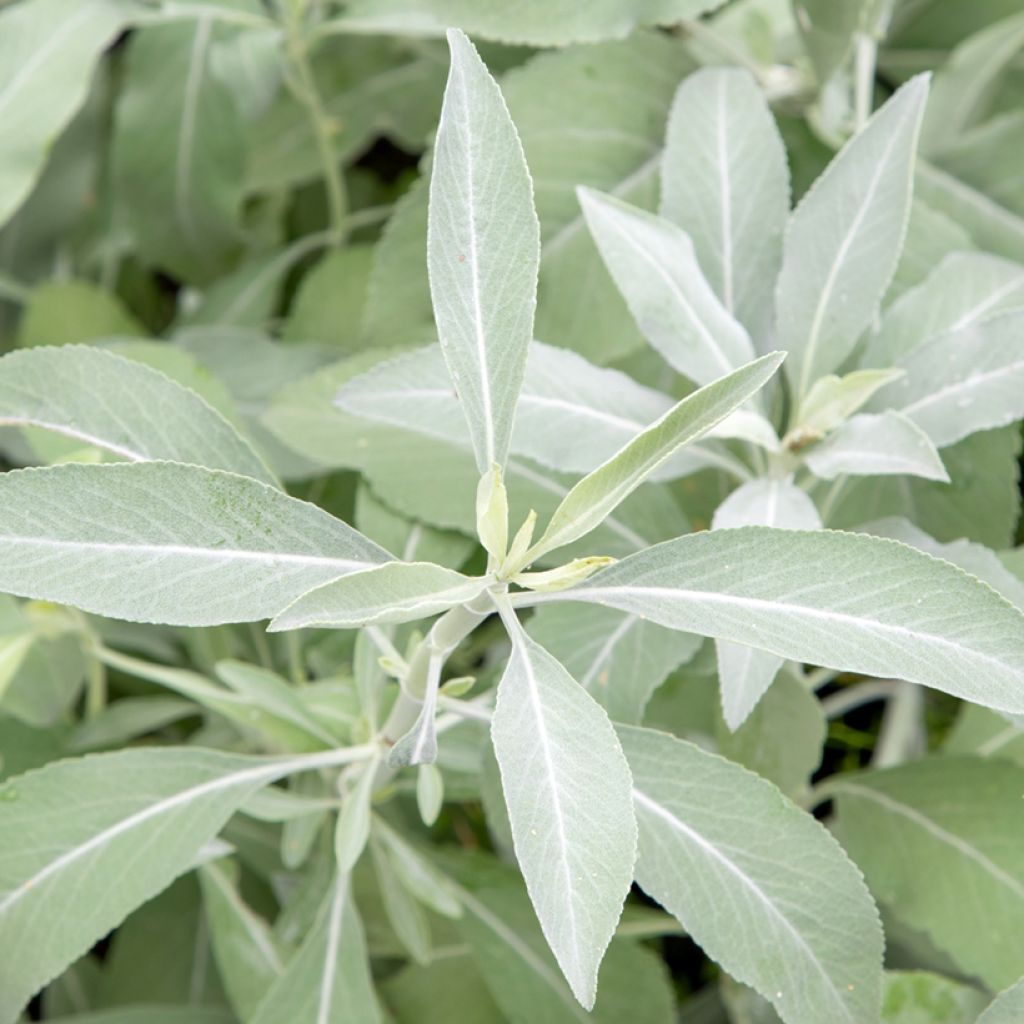

Salvia apiana


Salvia apiana
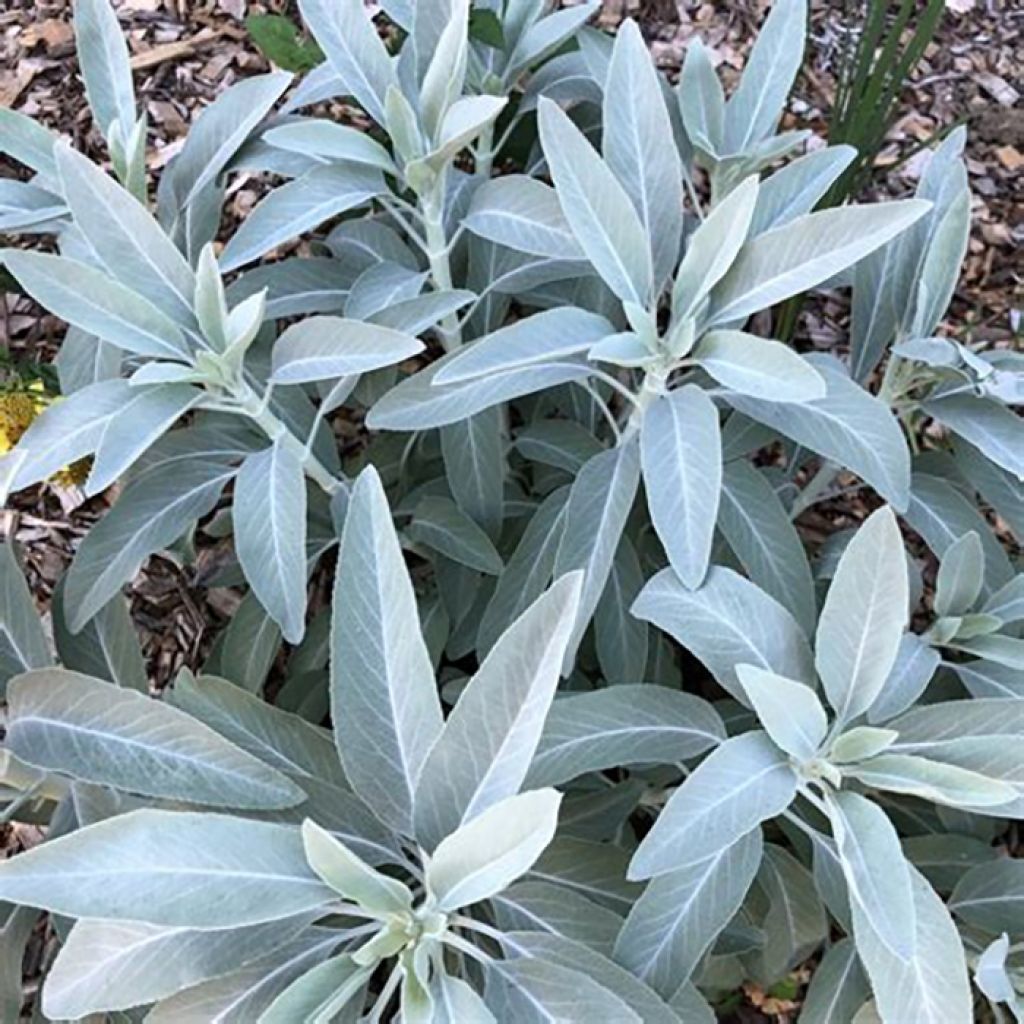

Salvia apiana
Salvia apiana
Salvia apiana
Bee Sage, White Sage, Sacred Sage
I received a rather scrawny young plant, which has nevertheless developed well since. I'm happy to have been able to find this plant at Promesse de Fleurs.
Marie, 24/03/2025
Special offer!
Receive a €20 voucher for any order over €90 (excluding delivery costs, credit notes, and plastic-free options)!
1- Add your favorite plants to your cart.
2- Once you have reached €90, confirm your order (you can even choose the delivery date!).
3- As soon as your order is shipped, you will receive an email containing your voucher code, valid for 3 months (90 days).
Your voucher is unique and can only be used once, for any order with a minimum value of €20, excluding delivery costs.
Can be combined with other current offers, non-divisible and non-refundable.
Home or relay delivery (depending on size and destination)
Schedule delivery date,
and select date in basket
This plant carries a 12 months recovery warranty
More information
We guarantee the quality of our plants for a full growing cycle, and will replace at our expense any plant that fails to recover under normal climatic and planting conditions.
Would this plant suit my garden?
Set up your Plantfit profile →
Description
Salvia apiana, known as white sage or bee sage, is a remarkably aromatic plant traditionally used as incense in purification rituals by Native Americans in California. It is a particularly luminous species, both in terms of its foliage, which becomes almost white in summer, and its abundant white flowering in spring. Bees love it! It is perfect in rock gardens or borders in a dry garden, but should only be grown outside in mild climates in well-drained soils, which are dry in summer and winter. In colder regions, it can be grown in pots, which allows it to be stored away from excessive humidity and heavy frost in winter.
Salvia apiana is widespread from southern California to the outskirts of the Colorado desert. It can be found up to 1500m (4921ft) altitude, in sandy soils. Salvia apiana occupies very hot and dry regions in summer. However, its resistance to cold is quite limited: the stump dies below -8 to -10 °C (17.6 to 14°F), or even as low as -5 °C (23°F) if the soil is wet. Like all other sages, it belongs to the large Lamiaceae family.
Salvia apiana is a woody-based perennial. It forms a generally rounded clump that can reach or even exceed 1m (3ft) in height when in bloom, with a spread of 50 to 60cm (20 to 24in). Under certain conditions, the plant can reach 2m (7ft) in height and form a very wide clump, 1m (3ft) in diameter. Its foliage is evergreen in winter. It consists of hairy leaves, which are very pale. Their colour ranges from green to grey and almost white. They are elliptical in shape, with a crenate edge. These leaves release an intense fragrance, especially in dry and hot weather. They are covered in small glands from which essential oils exude, giving the vegetation a silver appearance. Flowering takes place from April to June, depending on the climate. Tall and wide branched flower stalks emerge from the foliage, bearing small white flowers with a very slight pinkish hue arranged in whorls (i.e. in crowns around the stem). Honeybees are particularly attracted to them. The root system of this sage is shallow, allowing the plant to capture even the slightest rainfall.
Salvia apiana thrives in full sun on dry and sandy banks, contributing to soil maintenance. It can also be grown in rock gardens or borders in gravel, in consistently well-drained soil. It tolerates Spartan growing conditions but dreads heavy soils and cold, damp weather. It can be paired with large lavender, cistus, thyme, oregano, santolina, or even Erigeron karvinskianus. When grown in pots, use large containers with a very well-drained growing medium, watering sparingly.
The honey of white sage has a powerful fragrance. Native Americans would tie the stalks of white sage together to form a sort of stick. During purification ceremonies, this stick would be burned like incense.
With over 900 species of annuals, perennials, and shrubs distributed worldwide, except for very cold regions and the tropical forest, the Salvia genus is the richest in the Lamiaceae family. The name Salvia, which dates back to Roman times, derives from the Latin salvus, meaning "healthy," alluding to the medicinal properties of common sage.
Salvia apiana in pictures


Flowering
Foliage
Plant habit
Botanical data
Salvia
apiana
Lamiaceae
Bee Sage, White Sage, Sacred Sage
North America
Other Salvia - Sage
View all →Planting and care
Plant Salvia apiana in very well-drained, light, sandy or gravelly soil that does not retain moisture in winter. Clay soils are not suitable for it. Limestone is tolerated in very well-drained soil. In overly rich soil, the plant ages poorly and has a shorter lifespan. This plant tolerates summer drought perfectly and withstands short frosts of about -8 to -10°C (17.6 to 14°F) under these conditions. Heavy and waterlogged soils in winter strongly affect its hardiness. Plant it in a very sunny exposure. It is a modest and undemanding plant, well adapted to hot gardens without watering.
Planting period
Intended location
Care
Planting & care advice
-
, onOrder confirmed
Reply from on Promesse de fleurs
Similar products
Haven't found what you were looking for?
Hardiness is the lowest winter temperature a plant can endure without suffering serious damage or even dying. However, hardiness is affected by location (a sheltered area, such as a patio), protection (winter cover) and soil type (hardiness is improved by well-drained soil).

Photo Sharing Terms & Conditions
In order to encourage gardeners to interact and share their experiences, Promesse de fleurs offers various media enabling content to be uploaded onto its Site - in particular via the ‘Photo sharing’ module.
The User agrees to refrain from:
- Posting any content that is illegal, prejudicial, insulting, racist, inciteful to hatred, revisionist, contrary to public decency, that infringes on privacy or on the privacy rights of third parties, in particular the publicity rights of persons and goods, intellectual property rights, or the right to privacy.
- Submitting content on behalf of a third party;
- Impersonate the identity of a third party and/or publish any personal information about a third party;
In general, the User undertakes to refrain from any unethical behaviour.
All Content (in particular text, comments, files, images, photos, videos, creative works, etc.), which may be subject to property or intellectual property rights, image or other private rights, shall remain the property of the User, subject to the limited rights granted by the terms of the licence granted by Promesse de fleurs as stated below. Users are at liberty to publish or not to publish such Content on the Site, notably via the ‘Photo Sharing’ facility, and accept that this Content shall be made public and freely accessible, notably on the Internet.
Users further acknowledge, undertake to have ,and guarantee that they hold all necessary rights and permissions to publish such material on the Site, in particular with regard to the legislation in force pertaining to any privacy, property, intellectual property, image, or contractual rights, or rights of any other nature. By publishing such Content on the Site, Users acknowledge accepting full liability as publishers of the Content within the meaning of the law, and grant Promesse de fleurs, free of charge, an inclusive, worldwide licence for the said Content for the entire duration of its publication, including all reproduction, representation, up/downloading, displaying, performing, transmission, and storage rights.
Users also grant permission for their name to be linked to the Content and accept that this link may not always be made available.
By engaging in posting material, Users consent to their Content becoming automatically accessible on the Internet, in particular on other sites and/or blogs and/or web pages of the Promesse de fleurs site, including in particular social pages and the Promesse de fleurs catalogue.
Users may secure the removal of entrusted content free of charge by issuing a simple request via our contact form.
The flowering period indicated on our website applies to countries and regions located in USDA zone 8 (France, the United Kingdom, Ireland, the Netherlands, etc.)
It will vary according to where you live:
- In zones 9 to 10 (Italy, Spain, Greece, etc.), flowering will occur about 2 to 4 weeks earlier.
- In zones 6 to 7 (Germany, Poland, Slovenia, and lower mountainous regions), flowering will be delayed by 2 to 3 weeks.
- In zone 5 (Central Europe, Scandinavia), blooming will be delayed by 3 to 5 weeks.
In temperate climates, pruning of spring-flowering shrubs (forsythia, spireas, etc.) should be done just after flowering.
Pruning of summer-flowering shrubs (Indian Lilac, Perovskia, etc.) can be done in winter or spring.
In cold regions as well as with frost-sensitive plants, avoid pruning too early when severe frosts may still occur.
The planting period indicated on our website applies to countries and regions located in USDA zone 8 (France, United Kingdom, Ireland, Netherlands).
It will vary according to where you live:
- In Mediterranean zones (Marseille, Madrid, Milan, etc.), autumn and winter are the best planting periods.
- In continental zones (Strasbourg, Munich, Vienna, etc.), delay planting by 2 to 3 weeks in spring and bring it forward by 2 to 4 weeks in autumn.
- In mountainous regions (the Alps, Pyrenees, Carpathians, etc.), it is best to plant in late spring (May-June) or late summer (August-September).
The harvesting period indicated on our website applies to countries and regions in USDA zone 8 (France, England, Ireland, the Netherlands).
In colder areas (Scandinavia, Poland, Austria...) fruit and vegetable harvests are likely to be delayed by 3-4 weeks.
In warmer areas (Italy, Spain, Greece, etc.), harvesting will probably take place earlier, depending on weather conditions.
The sowing periods indicated on our website apply to countries and regions within USDA Zone 8 (France, UK, Ireland, Netherlands).
In colder areas (Scandinavia, Poland, Austria...), delay any outdoor sowing by 3-4 weeks, or sow under glass.
In warmer climes (Italy, Spain, Greece, etc.), bring outdoor sowing forward by a few weeks.






























